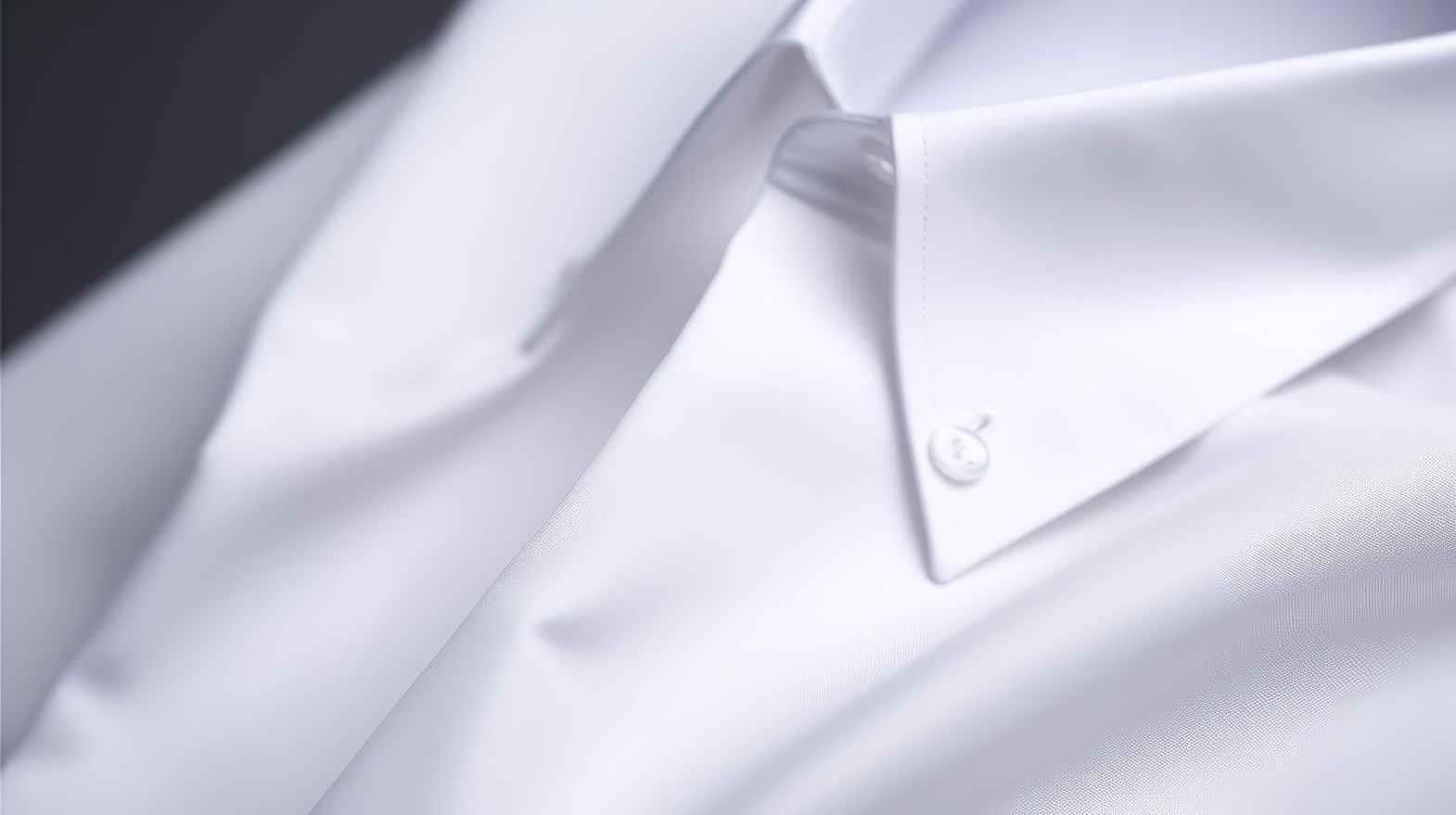Cotton, one of the most widely used natural fibres, has been a staple in textiles for centuries. While the exact age of cotton remains unknown, historical evidence suggests its use dates back to ancient civilisations, even before the birth of Christ. Cotton’s versatility is unmatched, and it is applied across a wide range of products, including men’s, women’s, and children’s apparel, towels, handbags, medical supplies, and home décor. Praised for its softness, comfort, and moisture-absorbing capabilities, cotton has earned the title ‘King Cotton’ for its cultural and economic influence.
However, despite its many virtues, one significant drawback of cotton is its tendency to wrinkle easily. Just as people seek to avoid wrinkles on their skin, they wish the same for their clothing. Traditionally, to avoid wrinkling, cotton has been blended with synthetic fibres like polyester. But with the increasing preference for 100 per cent cotton fabrics, particularly due to their breathability and natural appeal, the demand for wrinkle-resistant 100 per cent cotton garments has risen.
The Challenge of Wrinkle Resistance in 100% Cotton
Creating wrinkle-resistant 100 per cent cotton garments is a complex and deceptive process. Many consumers, particularly time-pressed individuals, desire clothing that is both comfortable and easy to maintain, with minimal need for ironing. To meet this demand, researchers have been focusing on developing advanced techniques for manufacturing wrinkle-resistant cotton fabrics.
One of the primary methods used is durable press finishing, where cotton fibres are spun into yarn, woven into fabric, dyed, and then treated with a ‘cross-linking’ resin. Historically, formaldehyde-based reagents were used in this process, but their health and environmental impacts have raised concerns globally. In response to these concerns, an organic acid known as butanetetracarboxylic acid (BTCA) was introduced as a substitute for formaldehyde. However, the high cost of BTCA limited its commercial application.
Advances in Wrinkle-Resistant Technology
To address these challenges, researchers have developed a new technique that allows cotton fabrics to be treated with an anti-wrinkle finish before they are dyed. Researchers at North Carolina State University, in collaboration with industry partners, developed this new technique in 2020. The research was conducted at the Wilson College of Textiles, one of the leading institutions for textile innovation. This breakthrough method allows cotton fabrics to be treated with an anti-wrinkle finish prior to dyeing, solving the issue of dye rejection after wrinkle treatment. The team used advanced chemical processes that maintain the fabric’s dye absorption capacity, thus providing a smoother and more practical production method for wrinkle-resistant cotton fabrics. This innovation has since been adopted by several textile manufacturers, offering a sustainable and efficient solution for the garment industry.
Traditionally, cotton is dyed before the anti-wrinkle treatment because, once treated, the fabric repels dyes. This is due to the fact that cotton fibres need to swell in order to absorb dye molecules. After being heated and treated with an anti-wrinkle finish, the fabric’s ability to absorb dye is significantly reduced.
This limitation has posed problems for garment manufacturers, who often need to dye garments well in advance and gamble on which colours will be in fashion in the upcoming seasons. As a result, many manufacturers have opted to keep only limited stock of wrinkle-free cotton garments.
However, the new technique enables fabrics to be treated with the anti-wrinkle finish before they are dyed. This innovation not only enhances the wrinkle-resistant properties of the fabric but also maintains its breathability, absorbency, and comfort. The resulting fabrics offer durable press performance, withstand multiple laundering cycles, retain their strength, and are cost-effective.
The Future of Wrinkle-Resistant Cotton
Thanks to technological advancements, the production of 100 per cent cotton garments that retain a crisp, ironed appearance throughout the day is now a reality. These garments provide a perfect blend of style and comfort without compromising on the natural qualities of cotton. A recent survey indicated that 62 per cent of women prefer wrinkle-resistant cotton clothing over traditional cotton garments, particularly for items like slacks.
As the popularity of wrinkle-resistant cotton fabrics continues to grow, they are expected to give tough competition to synthetic fabrics. The ability to offer consumers easy-care, wrinkle-free cotton garments has the potential to transform the market, making ironing a thing of the past. This innovation promises to liberate consumers, particularly women, from the time-consuming task of ironing, allowing them to enjoy the natural comfort of cotton with minimal effort.
Sustainability and the Way Forward
The development of wrinkle-resistant cotton fabrics also aligns with the growing demand for sustainable fashion. As consumers become increasingly aware of environmental issues, they are seeking clothing options that offer both convenience and eco-friendliness. While the use of formaldehyde-based finishes is being phased out due to health concerns, the textile industry is exploring alternative solutions that are less harmful to the environment and safer for human health.
Ongoing research into non-toxic, sustainable chemical treatments for wrinkle resistance shows promise, and as these technologies become more widely available, we can expect to see a shift towards greener solutions in cotton fabric production. This trend toward sustainability, combined with the desire for easy-care clothing, is driving innovation in the textile industry, ensuring that 100 per cent cotton garments remain a staple of modern wardrobes while meeting the demands of contemporary consumers.
In conclusion, wrinkle-resistant cotton fabrics are a testament to the textile industry’s ability to innovate and respond to consumer needs. With continued research and technological advancements, we can look forward to a future where cotton garments offer not only comfort and style but also practicality and sustainability.









Comments